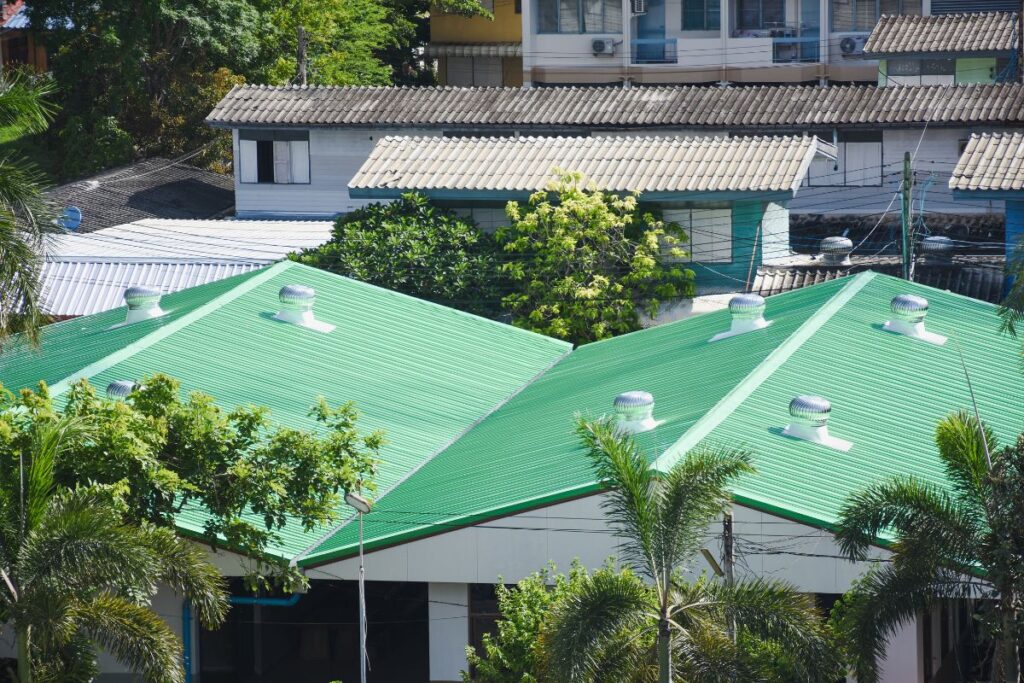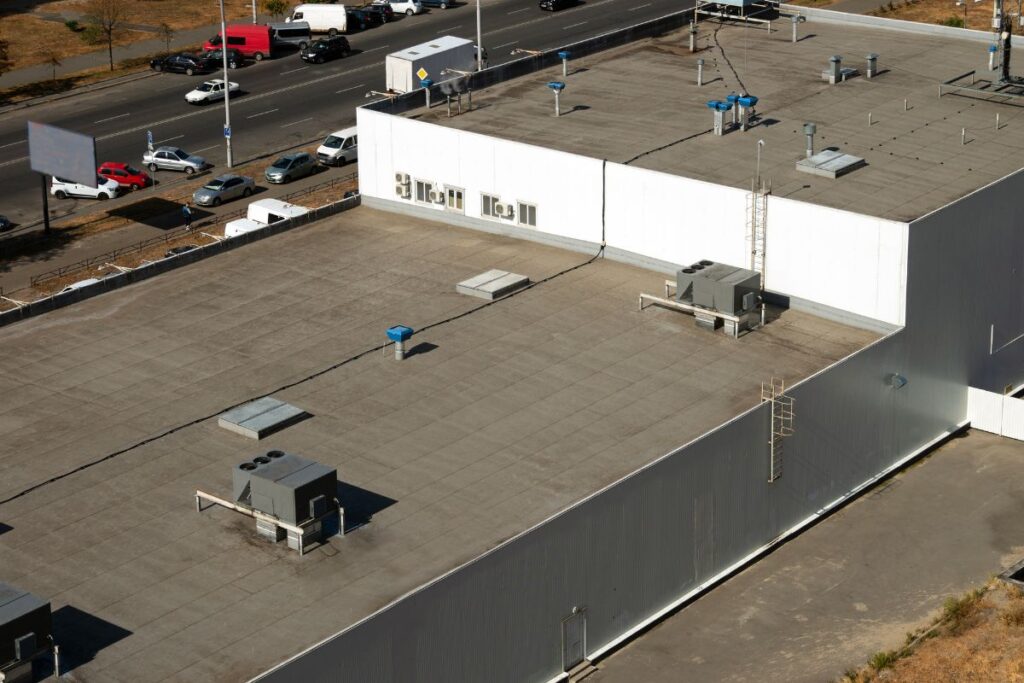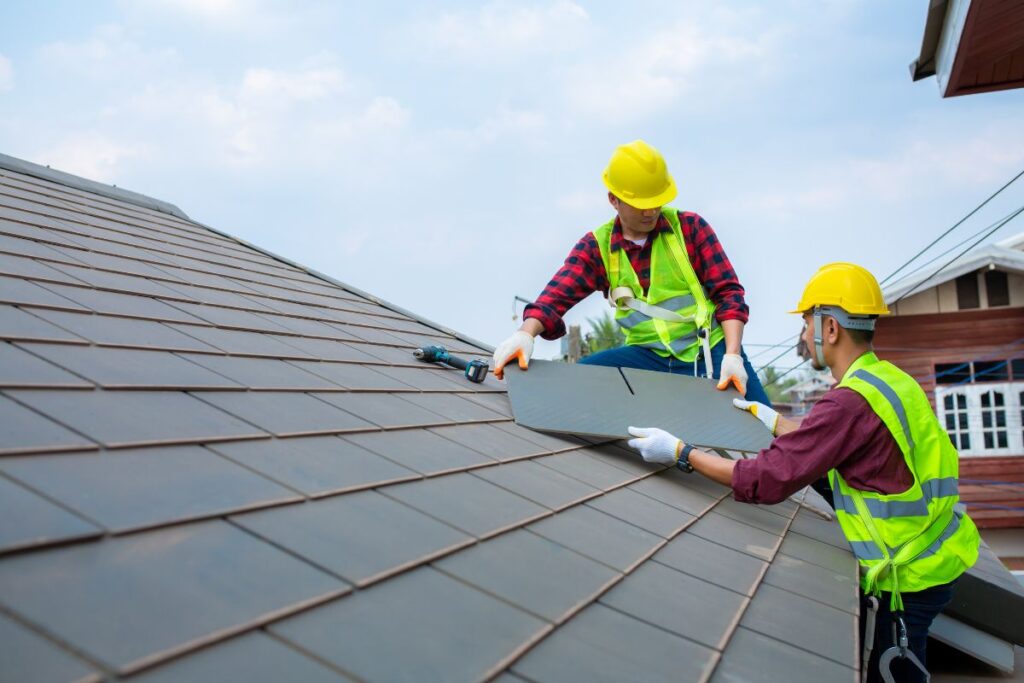Climate and weather play a significant role in determining the longevity, maintenance needs, and overall performance of a commercial roof. From seasonal temperature changes to intense storms, the environmental factors your roof endures can have a substantial impact. Here’s how weather and climate affect your commercial roof’s performance:
- Sun Exposure
Constant exposure to the sun can cause significant damage to your commercial roof. UV rays can cause certain materials, like asphalt, to dry out and become brittle. This can lead to cracking and a loss of waterproofing abilities, leading to potential leaks.
- Temperature Fluctuations
Fluctuating temperatures can lead to the expansion and contraction of roofing materials. This process, known as thermal cycling, can cause the materials to weaken over time, leading to a reduction in the roof’s lifespan.
- Rain and Snow
Heavy rains can lead to ponding water on your roof, particularly if the drainage system is inadequate. Over time, this can lead to leaks and structural damage. In colder climates, snow and ice can add significant weight to the roof, which can lead to structural issues if the roof is not designed to bear this load.
- High Winds
High winds can cause uplift and blow-off damage to the roof. Loose materials can be torn off, and even well-adhered roofing systems can suffer damage at the seams or edges.
- Hail
Hailstorms can cause immediate and significant damage to a roof, causing punctures, cracks, or dents. This damage can lead to leaks and may require immediate repair to prevent further problems.
- Humidity
In humid climates, moisture can become trapped in the roofing system, leading to mold, rot, and corrosion. This can severely impact the structural integrity of the roof and the indoor air quality of the building.
The best defence against these weather-related issues is choosing the right roofing system for your climate and regular maintenance. Working with a knowledgeable commercial roofing contractor can help you make an informed decision about the best materials and designs for your specific climate. Furthermore, a regular inspection and maintenance schedule can help catch and repair minor issues before they become major problems.


